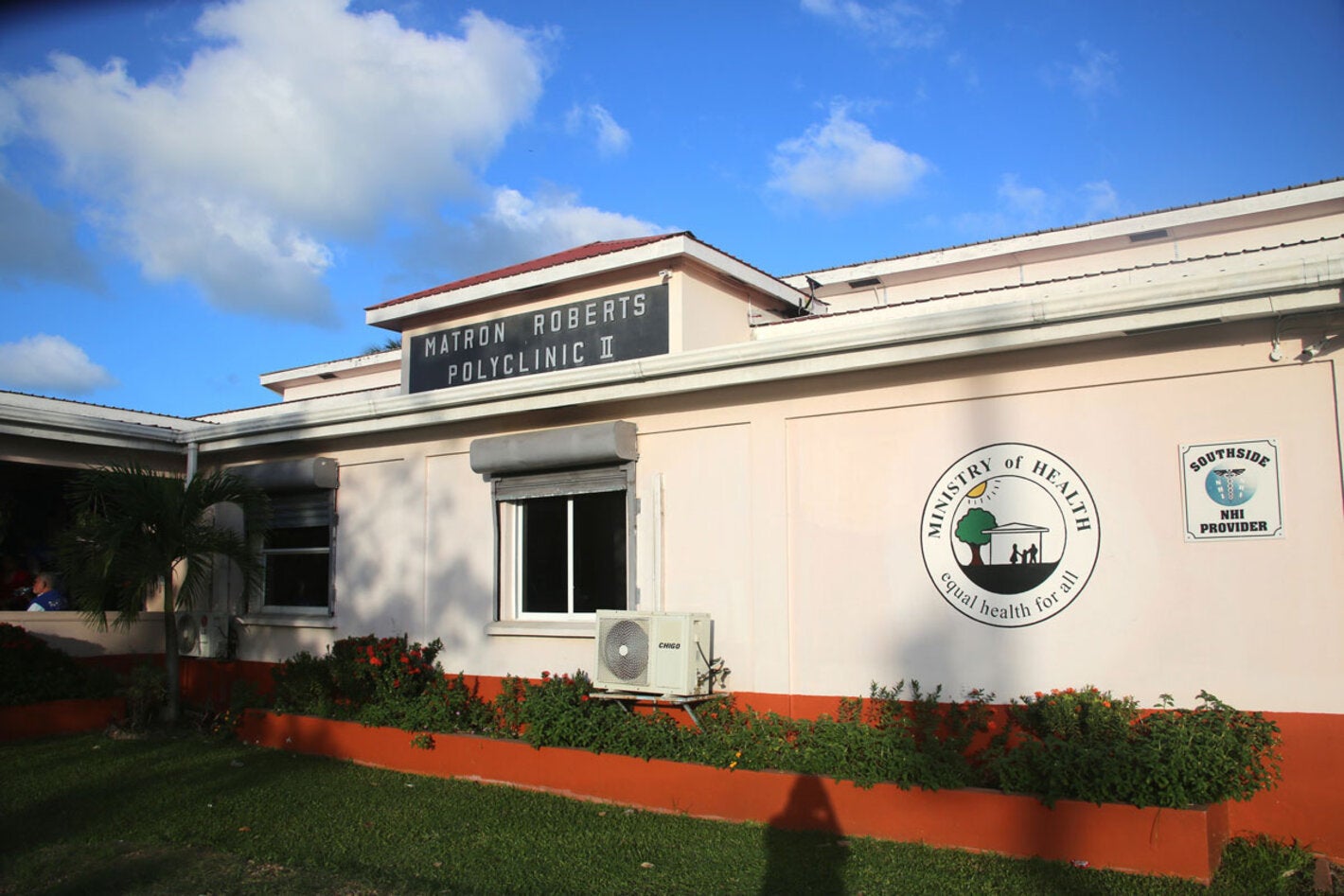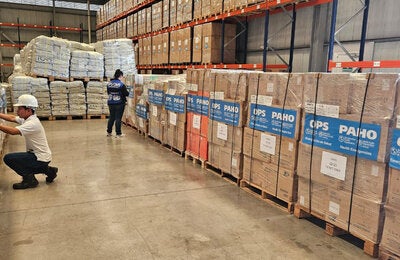
Washington, D.C., 29 September 2016 (PAHO/WHO) - Ministers of health and other delegates to the 55th Directing Council of the Pan American Health Organization (PAHO) agreed to take action and support investments to reduce disaster risks in the health sector and to make health systems more resilient in the face of disasters, epidemics and other health emergencies.
Resilient health systems
The new "Resilient Health Systems" framework was developed by PAHO/WHO to provide an integrated approach for its technical cooperation with countries in the areas of disaster preparedness, risk reduction, and response; disease surveillance and outbreak management; and health system strengthening and universal health.
The framework calls for actions and investments in all these areas and within a broader sustainable development framework that fosters human development, social participation, and economic and social stability. It urges countries to continue strengthening their implementation of the International Health Regulations (IHR) as a holistic process and embedded in national policy development and planning, legislative action, and regulatory frameworks. This should include improvements in health services organization to support infection prevention and control, strengthening of health surveillance networks and laboratory capacity, and development of health workforce competencies in the areas of outbreak and emergency response.
The framework emphasizes investments in primary health-care services and calls for ensuring reserve capacity, with the necessary supply of appropriate health workers, financing, medicines, and health technologies to allow a rapid scale-up of health services during acute or sustained health events.
Reducing disaster risks in the health sector
The newly approved Plan of Action for Disaster Risk Reduction 2016-2021 seeks to mitigate the health impact of disasters by improving the capacity of countries' health sectors to respond to such events and to recover from their effects quickly and effectively. The Region of the Americas is the second-most affected by disasters after Asia.
The plan builds on PAHO's Safe Hospitals initiative, which has already helped make hospitals throughout the region safer in disasters. It also expands PAHO's newer Smart Hospitals initiative, which seeks additionally to reduce the carbon footprint of hospitals and other health facilities. The plan lays out four strategic lines of action: 1) recognizing disaster risk in the health sector, 2) improving governance of disaster risk management in the health sector, 3) making hospitals both safe and "smart" and 4) building health sector capacity for emergency and disaster preparedness, response, and recovery.
A 2015 PAHO report showed that 25 countries and territories (75%) in the Americas have national Safe Hospitals programs, 28 countries (80%) have included Safe Hospitals concepts in their new health investment projects, and 34 countries (97%) are improving the safety of existing health facilities through retrofitting and measures to ensure their continued functioning in case of disaster.
In addition, 32 countries and four territories in the Americas have evaluation teams using PAHO's Hospital Safety Index to assess the vulnerability of health facilities and to identify priority areas of need. Regionwide, more than 11,500 people have been trained as Safe Hospital evaluators.



